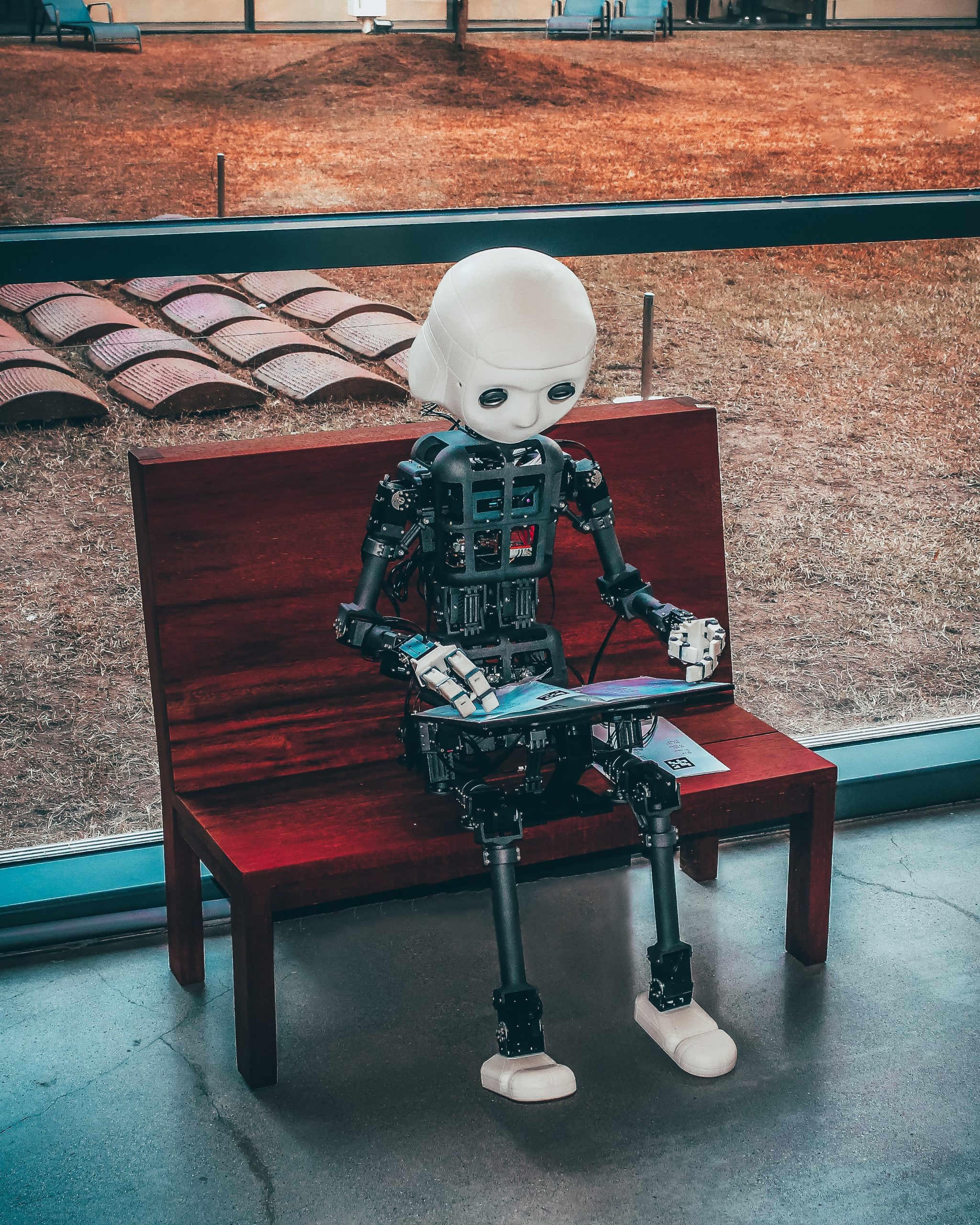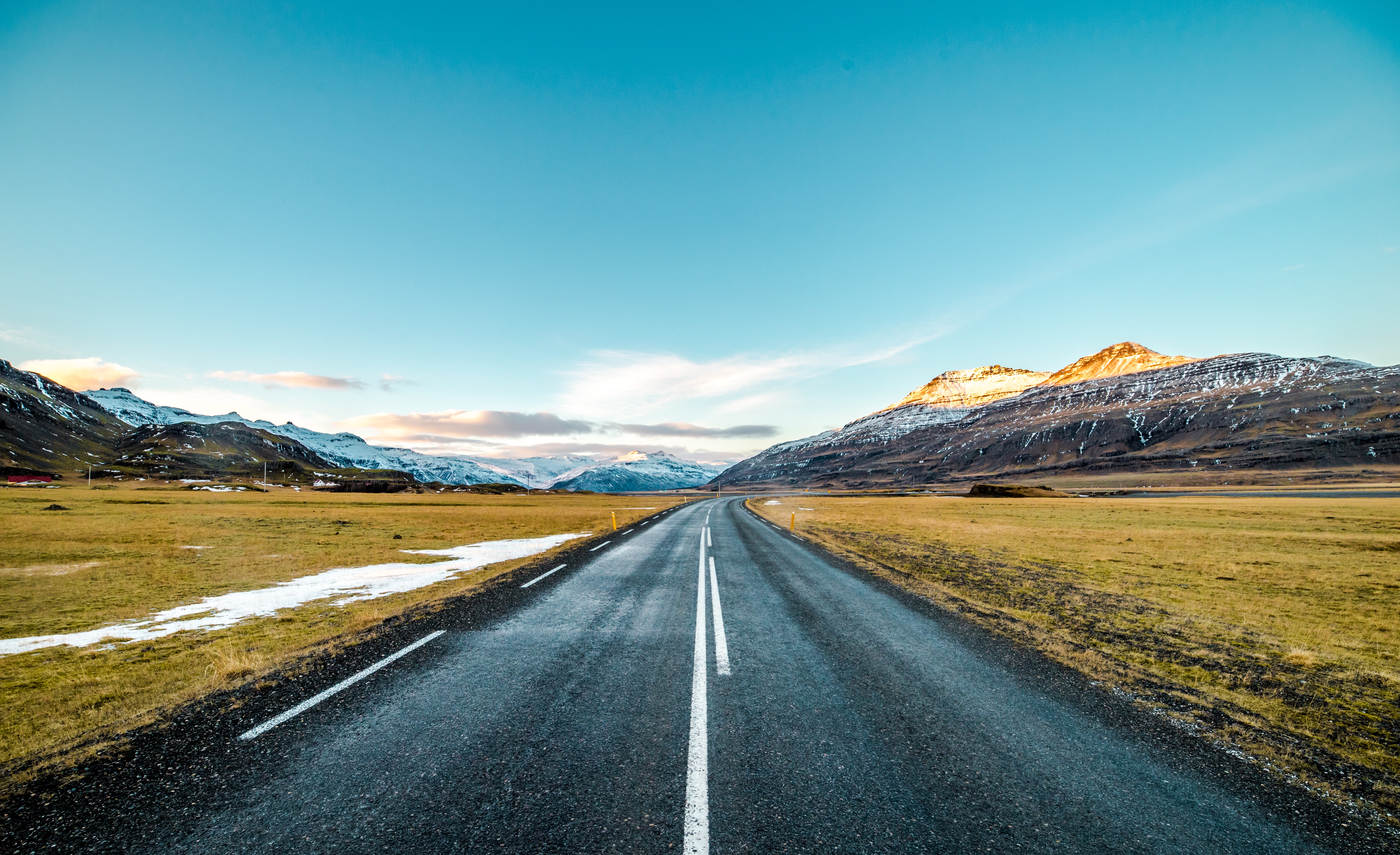Openly collaborative, organized, and functional service process ecosystem paving the way to success in Finnish medical tourism
Keywords: medical tourism, ecosystem, tourism supply chain, tourism service process, service process ecosystem, collaboration in tourism. Medical tourism- tourism or just a health care intervention abroad? Medical tourism is originally derived from health tourism that include travelling outside one’s native health care administrative region for the reconstruction or strengthening of personal health by the means […]
Does Virtual Reality (VR) Travel have the potential to be more?
Does Virtual Reality (VR) Travel have the potential to be more? Retrieved from Forbes.com Due to the pandemic, the global tourism industry had to come to a sudden halt. Even as lockdowns were slowly lifted, travelers were skeptical, and the threat of the virus is still very real. Recently, a second wave has swept across […]
How to Improve Online Presence of Small Tourism Businesses?
Online information search is a crucial and often overlooked part of today’s consumers’ decision-making, and most of it is done through search engines or social media. The searches on search engines and social media platforms correlate with the visits in destinations[1]. Here I have a look at different research papers considering these subjects, in order […]

How content producers can use AI in digital marketing
Do you want to use AI to create better content? There’s no doubt that content production is getting more complex every day. It’s getting hard to get noticed on social media. Your inbox is packed with repetitive messages, and you must fight against a massive crowd to get people to read your content. And then […]

How can we apply Harry Potter’s sorting hat into tourism marketing?
The novel Harry Potter and the Philosopher’s stone by J.K. Rowling (1997) is the first to introduce the concept of the Sorting Hat. The Sorting Hat is a hat that has a magical ability to sort the first-year pupils of Hogwarts School of Witchcraft and Wizardry into their “houses”, i.e. the groups of pupils […]

What makes or breaks the content on a good tourism website?
What kind of content works on a top-notch tourism website? What actually engages the visitor to stay on the page longer and better yet -develop a genuine interest towards the company? When a few small things are taken into consideration, it is easier to capture the attention of the visitor. The most important thing to […]
DTTT Global 2019, Day 2
The second day (Read about the first day here) of DTTT was all about technology and digitalization. What we can learn from data and how we can benefit data in place branding, leading and marketing. Lead with data. Do marketing with it, learn from it, optimize – optimize – optimize – then do it again. […]
Tourism Marketing and Management to start studying extraterrestrial tourists
Today is an excellent day to launch our new mission: we will focus now on how to make our world more hospitable for extraterrestrial tourists. There have been concrete sightings of UFOs for decades, clearly suggesting that we are constantly being visited by extraterrestrial aliens. In 2017 we at Tourism Marketing and Management programme started educating […]

Self-employed Business Owner: Why Learning Basics of Digital Marketing Saves you Money while Growing your Business?
Are you preparing cottage rooms for next guests? Driving dog sledge through low-lying arctic hills? Preparing dinner for a group of visitors? If you’d take less than 10 minutes of your time to read through this blog post, I can promise you’ll be even busier after few months’ time. So, do you have time to […]

How information technology can help in customer relationship
The customer comes first. Classy saying, right? Surely that guideline, or perhaps a cliché, creates some kind of thoughts in your head. Do you consider it important? Customer relationship is also such a classic term in the business world. Well, that for sure is essential! However, which elements in customer relationship matter the most for […]